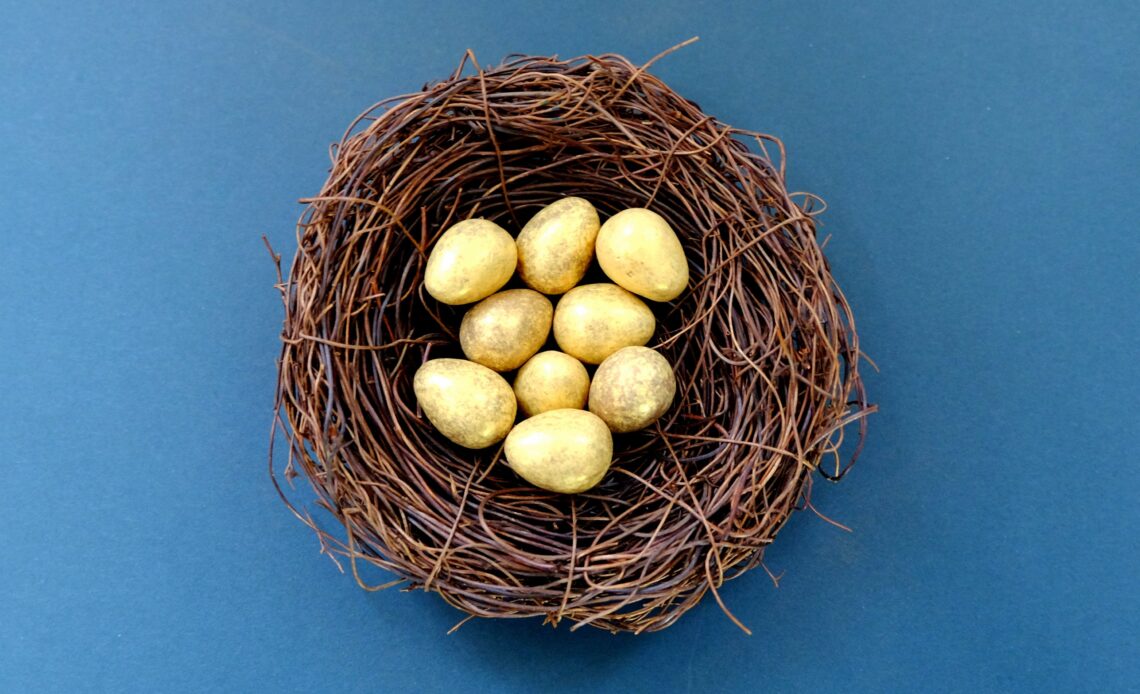
Gold loans have become an increasingly popular way for people to access quick funds by using gold jewelry as collateral. When taking a gold loan, one of the key considerations is the interest rate charged. The interest rate on a gold loan can vary significantly between different lenders and locations. Here is an overview of some key factors impacting gold loan interest rates.
1. Lender Type
One of the most important factors is whether the lender is a bank, NBFC, or other private lender. Banks typically charge the lowest interest rates, often in the range of 7% to 15%. However, banks may have more stringent eligibility criteria. NBFCs (non-banking financial companies) and private lenders provide loans more easily but charge higher interest rates. Private lenders in particular, may charge 20% to 30% interest rates. So, the entity providing the loan significantly influences the interest rate.
2. Loan Amount
Higher loan amounts tend to get lower interest rates. For small loan amounts like Rs.10,000, interest rates may range from 20% to 25%. But for larger loans of over Rs.1 lakh, interest rates are usually between 12% to 18%. This is because the processing costs for banks and lenders are largely fixed. So, for larger loans, the percentage of processing costs to loan amount becomes smaller.
3. Loan Tenure
The duration of the loan also impacts the interest rate charged. Short term loans of under 6 months may have higher interest rates in the 20% to 25% range. For longer tenure loans of 1 to 2 years, interest rates are lower in the 15% to 20% rate range. Longer loans allow lenders to earn interest over an extended period, reducing risk.
4. Location
The gold loan interest rate can vary across different cities and states in India. Well-banked metropolitan areas may have lower rates due to higher competition among lenders. Tier 2 and 3 cities with fewer lenders may have comparatively higher interest rates. Rates are also higher in rural and semi-urban areas due to higher lending operating costs.
5. Gold Purity
Interest rates are decided based on the purity of gold pledged. 24-karat gold gets the best rates, while lower-purity gold leads to higher rates. This is because higher-purity gold has more value as collateral for the lender. The loan to value ratio also goes up for higher-purity gold.
6. Credit Score
A borrower’s credit score and credit history impact the interest rate. Those with poor credit scores and repayment history on previous loans can expect to be charged higher interest rates due to the increased risk perceived by the lender.
7. Promotions and Discounts
Lenders offer promotional discounted rates from time to time to attract customers. These promotions can lead to substantially lower rates compared to regular pricing. Checking for ongoing discounts and offers can help borrowers get optimal interest rates.
Conclusion
Gold loan interest rates depend on many factors – lender type, loan amount, tenure, location, gold purity, credit score, and promotional offers. Comparing rates across different lenders while considering these factors can help borrowers find the most competitive interest rates on their gold loans.







